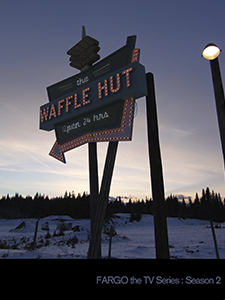Instructor, Graphic Design
School of Communication Design, AUArts
AUArts Alum 1994, Diploma
AUArts Alum 2015, BDes | Visual Communication Design
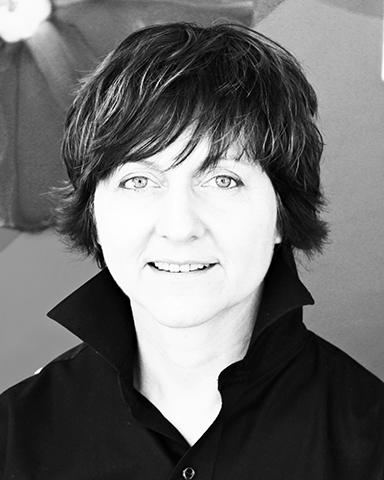
AUArts: What do you do?
Jackie Bagley: I work in the film and television industry. I've been on shows as an Art Director and Assistant Art Director, as well as Graphic Designer. More recently, I worked on the first and second seasons of the acclaimed MGM Studios TV Miniseries, Fargo.
AUArts: And you are currently teaching Communication Design at AUArts?
Bagley: It’s everything to do with graphic design and branding. There’s motion graphics in there. By the fourth year, they're really starting to get into a complete campaign (for Branding, for instance). Students are adding in things like app design. They'll be developing iPad and app games, and they're doing motion and even video – it's basically a portfolio development class.

AUArts: That sounds amazing.
Bagley: It really is. And they're doing so well when they get out. One of the students here, he graduated and spent the next entire year working for Hugo Boss in Germany. He had a big interest in fashion and got an internship with Hugo Boss. He was the only non-German intern. And that's one of our own.
AUArts: What do you think sets AUArts’ students apart from any other art school in Canada?
Bagley: The students we see in the School of Communication Design have a strong work ethic, are highly creative, great problem solvers, and have a great attitude.
Another one of our students went on to work for Nike in New York and more recently, has been transferred to their Boston Converse Office. Our students also work in games design out of LA, for app design companies, and for global design and advertising companies.
AUArts: You’re teaching them in graphic design, but what are you hoping for them to gain when they come into your program?
Bagley: I'm always trying to find out what are they really interested in? What do they want to do when they get out? What are they passionate about? In fourth year, you can gear any of these projects towards their interests or towards where they want to end up.
I often ask them (students) in this way: If you could do anything you want and you didn't have to think about where you lived or your income, what would you like to be doing? How would you like to be spending your time? Depending on how they answer, if we can line it up with the program and the projects, then I try to gear it that way for them.
And if they don't know, I often ask them in this way: If you could do anything you want and you didn't have to think about where you lived or your income, what would you like to be doing? How would you like to be spending your time? Depending on how they answer, if we can line it up with the program and the projects, then I try to gear it that way for them.
AUArts: What is your favourite part about being an instructor at AUArts?
Bagley: Seeing the potential, the talent and the great humanity that exists in our students and finding ways to support and unleash their potential. I see it as an honour to know them and be an important part of their career journey.
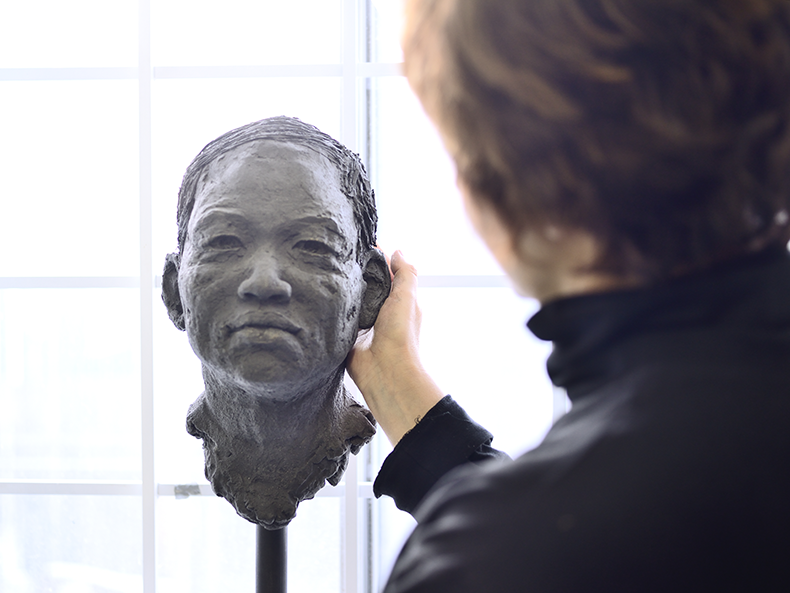
AUArts: And how do you help them unleash their potential?
Bagley: I am always pushing them to go further than just their first idea or surface idea. Everyone does in the program, that’s how the projects are structured.
There’s a process that we teach them in the first year, and they apply it throughout the program. I'm always wanting to get to the heart of what it needs to be. It’s usually one very clean, simple idea or thought. There’s a tendency to want to make it big and substantial, to make an impact.
But more important is that strategically, they get to the core of what we want to do, and we want to understand who it's for and what matters most to that target audience.
And I'm always pushing them to be relevant. Is it relevant for the marketplace, is it relevant for who it's meant to be for?
Every student has their own experience, their own personality, their own perspective, their own way of communicating or being in this world. And you want to try and land on that.
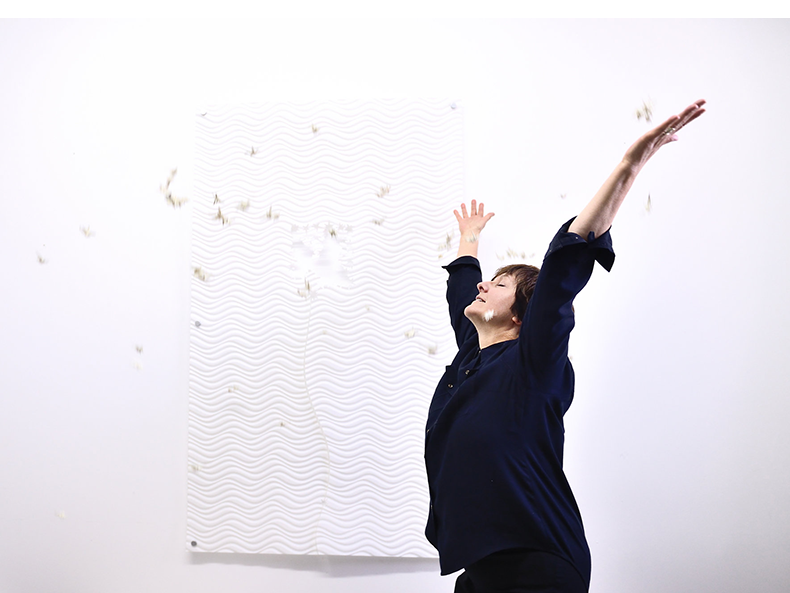
Bagley: What's their thing? What's the thing that they do best when they approach any projects? Are they about people, are they relational, are they about tasks? What’s that special thing that they bring? A lot of them have such great insight. They know more than they think.
Another big thing that I find with students is pushing them to dig deeper into their research. This is one thing that film taught me: the better your research, the better your final outcome. I want to get to the closest source possible. So, if there's something that I'm dealing with, a topic or campaign or whatever, I need to know everything.
When I talk to students about research, it's so easy for them to get on the internet, but they need to look further. Don't pull things out of your head. Don't just ask your friend. Do proper research, dig and dig and dig and get to find what you need. And just try to get to the source, as close to the source as possible.
That's what I want to instill in the students. I want to instill in them to just do it right. A couple of my students in their Branding class wanted to rebrand a tattoo parlour. They were sort of skirting around the issue, and I found out that what they were interested in was the stories that people tell about their tattoo. So this is where I pushed them to go – video ads have to be people telling their story, authentically sitting there telling a story. We're wanting this connection.
When I talk to students about research, it's so easy for them to get on the internet, but they need to look further. Don't pull things out of your head. Don't just ask your friend. Do proper research, dig and dig and dig and get to find what you need. And just try to get to the source, as close to the source as possible.
They wanted to shoot video of people with tattoos. I wasn't impressed with the quality of the video, but I was impressed with the content. This was now fourth year. This one was a portfolio piece. So, I said if you're going to show this to get a job, it has to look good. It has to be more than just great content.
I set something up with our photo department, and we got our video tech to help them. And not only did they capture these great stories that put little goosebumps on your arms because they're so personal, now it looks so professional. They're absolutely gorgeous. Like eye candy.
They found good background music to go with it. They’ve done a nice job of editing, and they have good pieces now in stock.
We entered their videos in Applied Arts because they look so professional, so beautifully done. And now they have a piece that they can be proud of that will help them get a job.
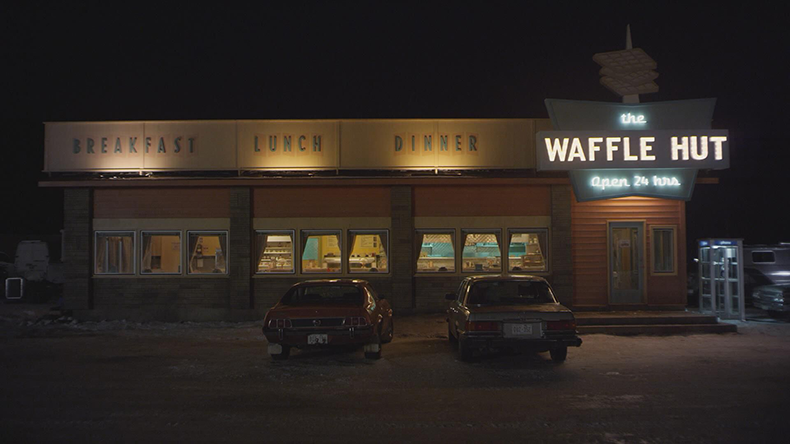
AUArts: If you had one piece of advice for new students thinking of coming to art school, what would it be?
Bagley: Just come. Find your place in this world. And most importantly, listen to your gut, or that small quiet voice, that intuition. It’s always smarter than your head.
This place is a well-kept secret, and one of the better post-secondary design institutions in North America.
Once you get here, you'll kind of know where you're starting to gravitate toward. You might think you want to do one thing, but once you start taking courses and you start having certain structures, you'll just feel yourself drawn to what it is you want to do. There are so many choices.
